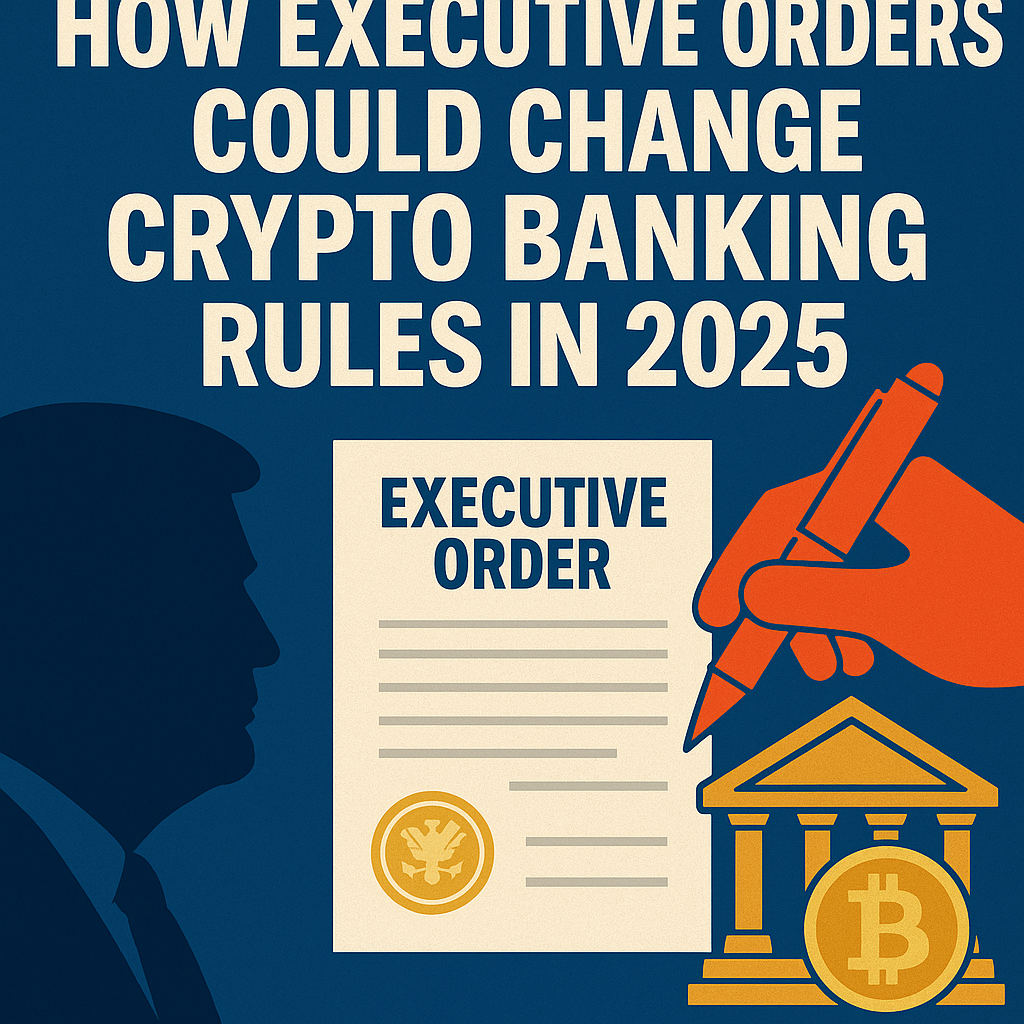
Crypto banking in the United States is on the verge of a seismic shift. As 2025 unfolds, a series of high-profile executive orders from the White House are poised to dramatically reshape how banks interact with digital assets. These sweeping policy moves, championed by President Trump’s administration, signal a new era for crypto regulation—one defined by bold ambitions, regulatory clarity, and a focus on American dominance in the digital financial sector.
![]()
White House Moves: Executive Orders Reshaping Crypto Banking
In January and March 2025, President Trump issued landmark executive orders aimed at establishing a Strategic Bitcoin Reserve, creating a U.S. Digital Asset Stockpile, and directing federal agencies to provide clear guidance for banks handling cryptocurrencies. These directives are not just bureaucratic exercises—they’re designed to cement America’s leadership in digital finance and offer regulatory certainty to both traditional financial institutions and crypto-native firms.
The crypto banking regulations 2025 landscape is being rewritten in real time. The new executive orders call for:
- Federal charters for crypto banks: Allowing digital asset companies to operate under national standards rather than navigating a patchwork of state laws.
- Clearer custody rules: Outlining how banks can securely hold Bitcoin and other cryptocurrencies for customers.
- A working group on digital asset markets: Bringing together regulators, industry leaders, and technologists to draft best practices.
The Strategic Bitcoin Reserve: What It Means for Banks
The announcement of a Strategic Bitcoin Reserve has sent ripples through both Wall Street and Silicon Valley. By tasking the Treasury Department with overseeing this reserve—and establishing an office dedicated to custodial accounts—the administration is signaling that Bitcoin is no longer fringe. For banks, this means new opportunities (and risks) as they consider integrating crypto into their balance sheets.
Banks may soon be able to:
How Banks Might Adapt to the Strategic Bitcoin Reserve
-

Developing new custodial services for securely holding and managing Bitcoin on behalf of clients.
-
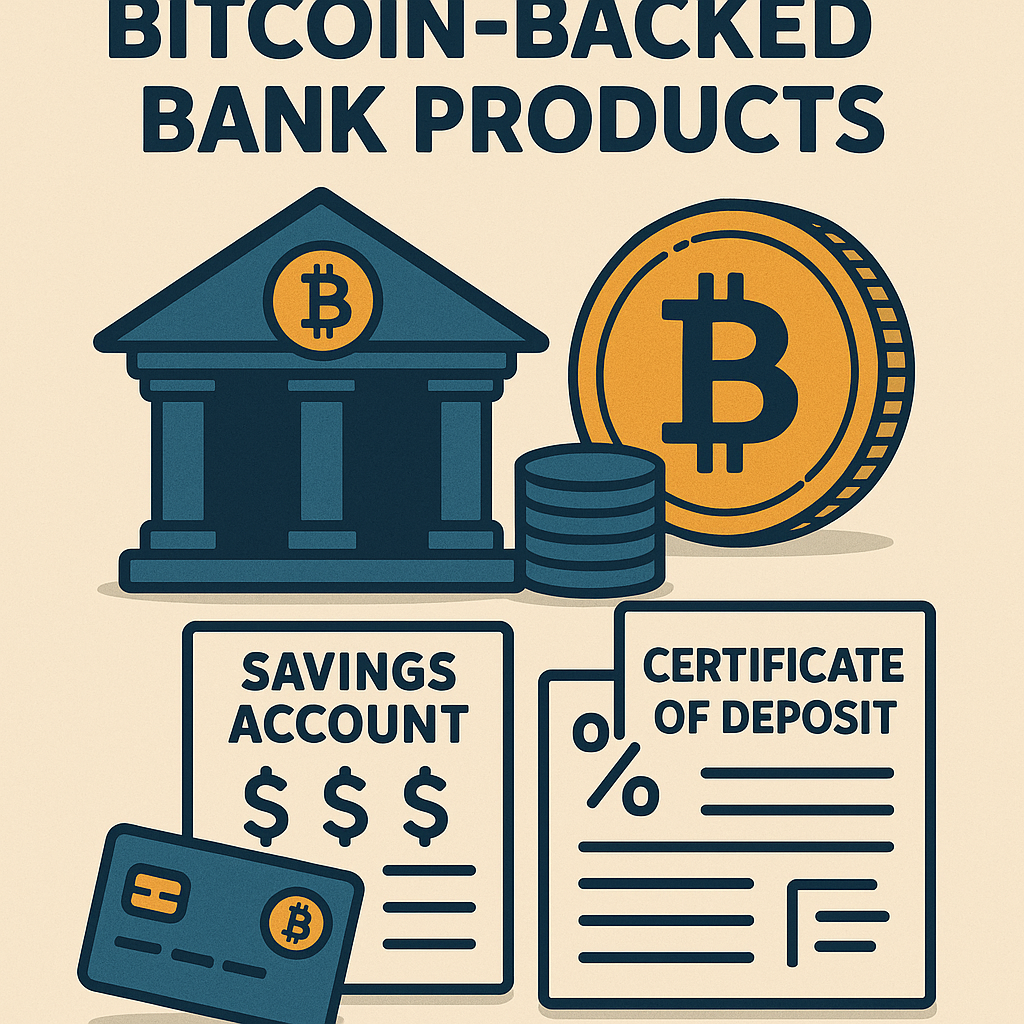
Launching Bitcoin-backed financial products such as savings accounts, loans, or investment funds tied to the Reserve.
-
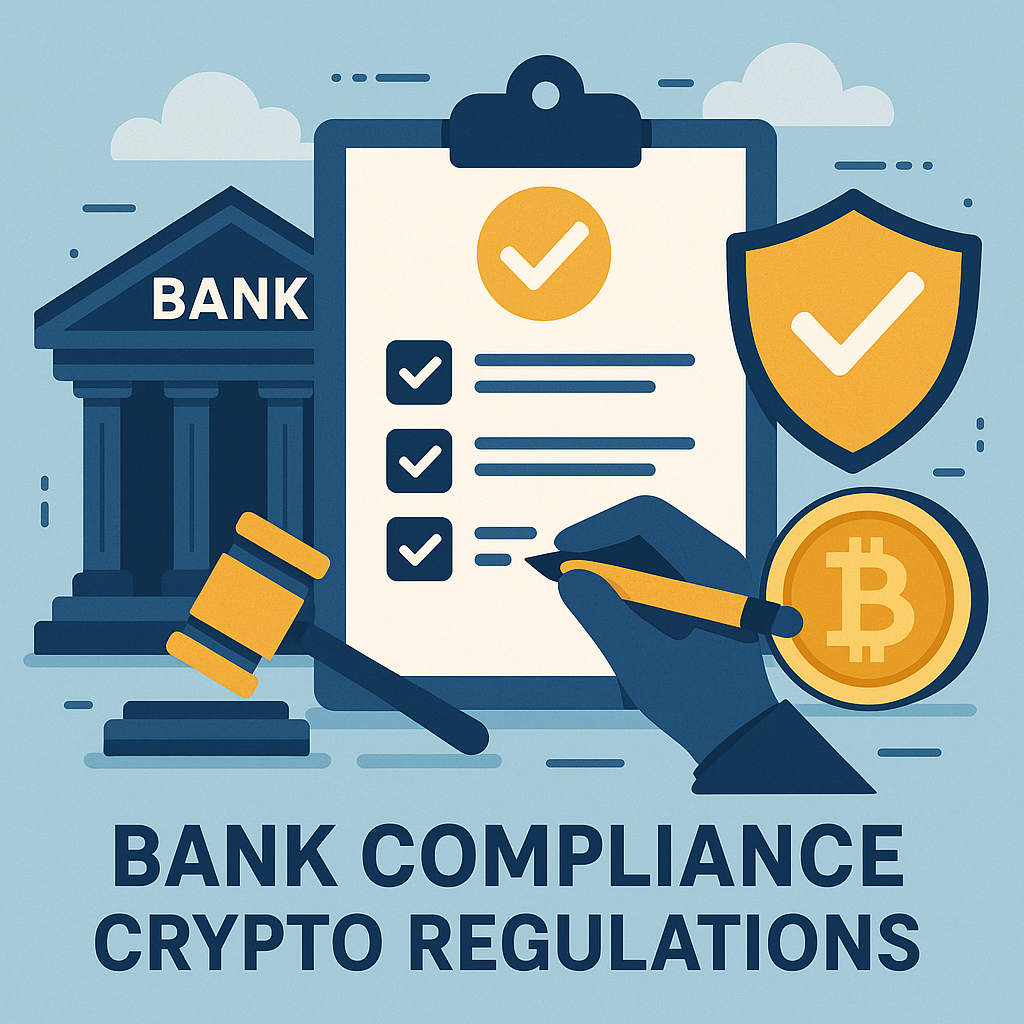
Enhancing compliance and risk management systems to meet new regulatory standards for direct Reserve participation.
-

Training staff and educating clients about the opportunities and risks of engaging with the Strategic Bitcoin Reserve.
-
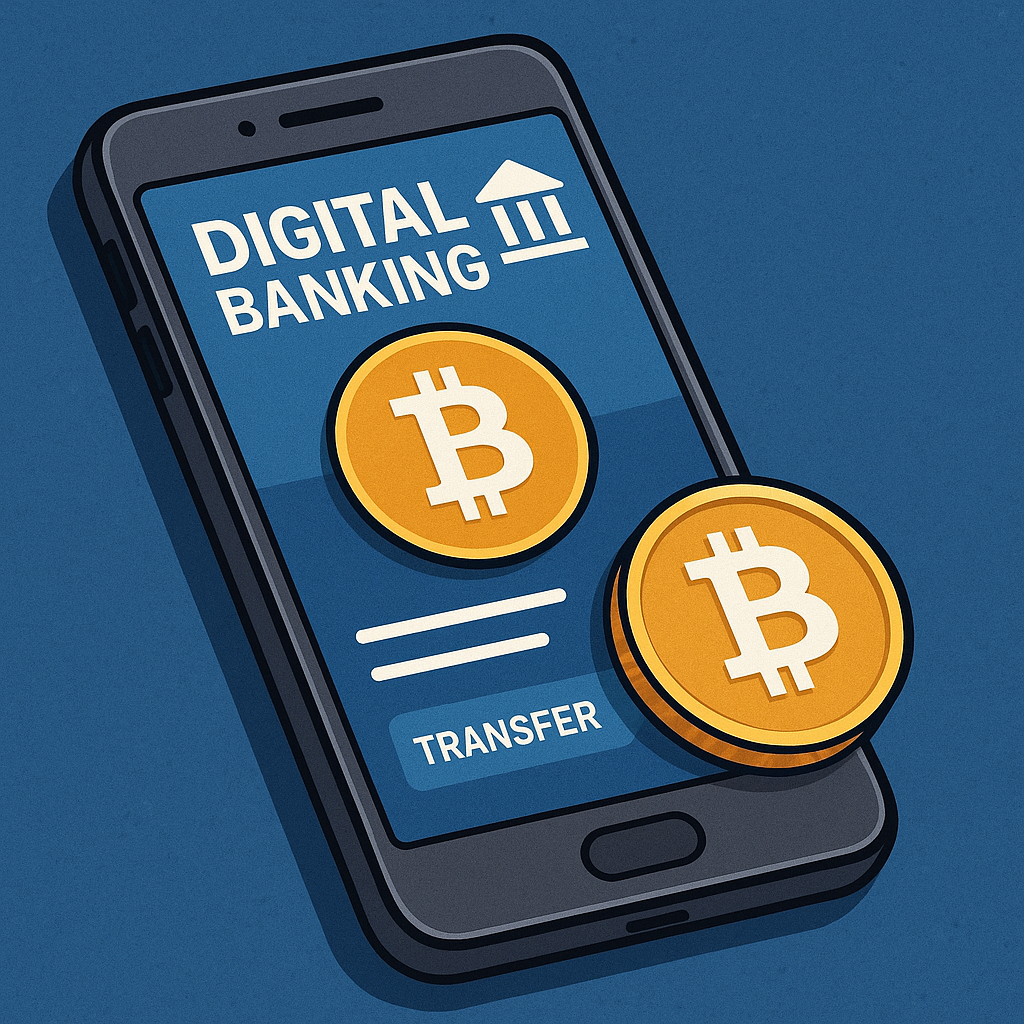
Integrating Reserve access into digital banking platforms for seamless customer experience and real-time Bitcoin transactions.
This move could also force regional and community banks to update their technology stacks or risk falling behind larger institutions already investing heavily in blockchain infrastructure.
Navigating New Compliance Waters
The transition won’t be without friction. As federal agencies scramble to issue updated guidance following these executive orders, compliance teams at major banks are bracing for changes ranging from anti-money laundering protocols to revised capital requirements for holding volatile assets like Bitcoin. Industry watchers expect robust debate over how much risk exposure traditional banks should have—and whether stablecoins or central bank digital currencies (CBDCs) will be treated differently under these new rules.
This evolving framework will likely influence not only U.S.-based institutions but also global players seeking access to American markets. The world is watching as Washington sets its sights on becoming the gold standard for crypto policy Trump 2025.
The coming months promise rapid developments as regulators work through draft proposals and public comment periods. For now, one thing is clear: The intersection of politics and blockchain has never been more consequential—or more unpredictable.
As the dust settles on the latest executive orders, crypto banking regulations in 2025 are entering a phase of rapid transformation. The White House’s stance—now more assertive than ever—signals a pivotal moment for banks, fintechs, and digital asset holders. But what does this mean for the day-to-day operations of crypto banks and their customers?
New Federal Mandates: What’s Changing for Crypto Banks?
The recent executive order on digital financial technology is already shaking up how institutions handle digital assets. Among the headline changes:
Key Regulatory Changes for U.S. Crypto Banks in 2025
-
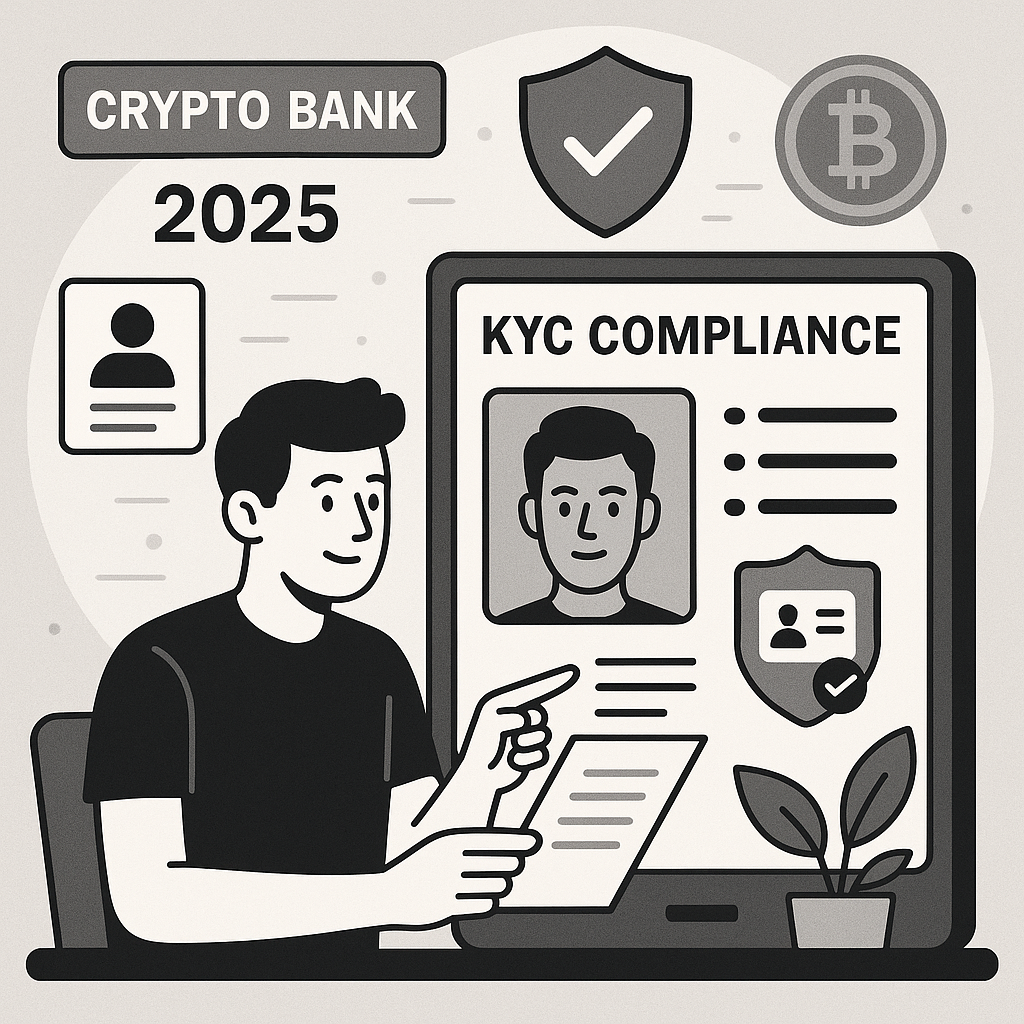
Revised KYC/AML Requirements: Executive orders may introduce stricter Know Your Customer (KYC) and Anti-Money Laundering (AML) standards for crypto banks, increasing compliance obligations.
-

Expanded Federal Oversight: Crypto banks could face greater scrutiny from federal agencies, with new reporting and auditing mandates to ensure transparency.
-
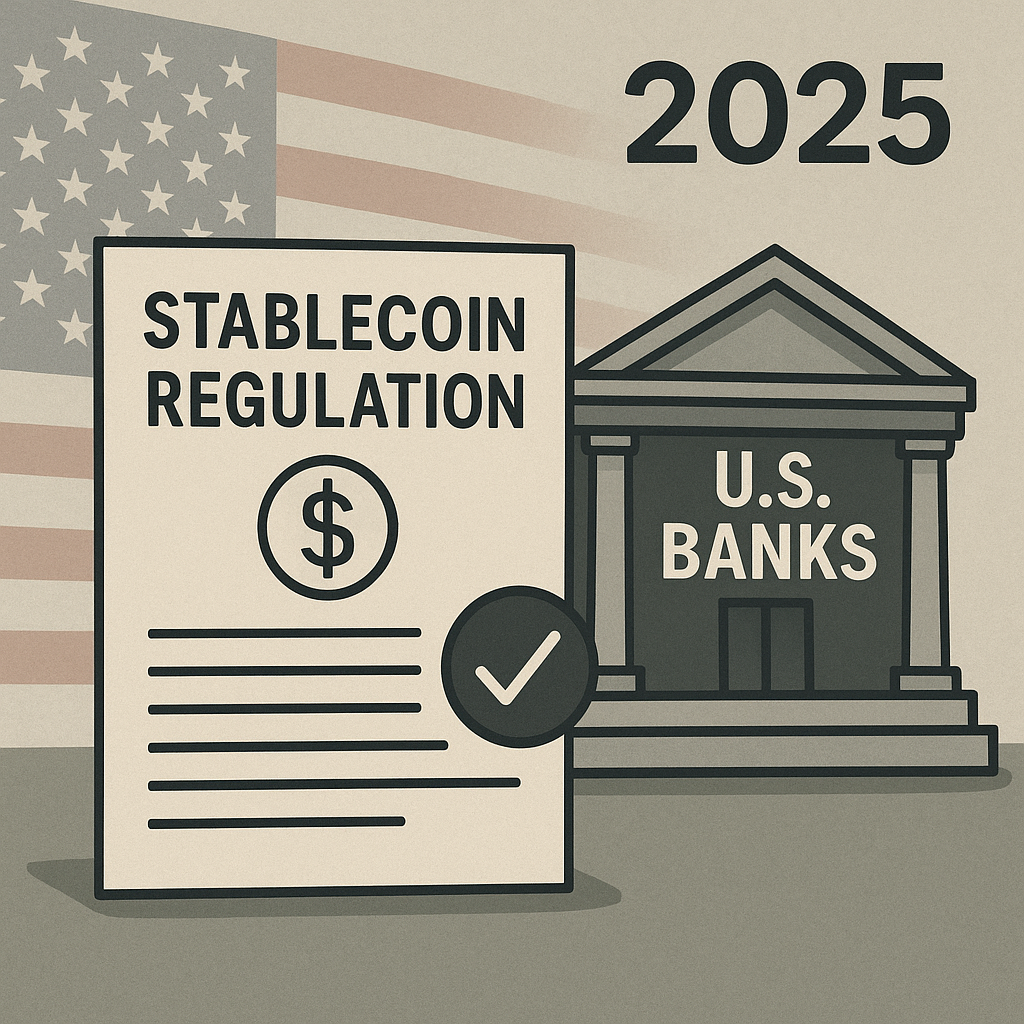
Stablecoin Regulation: New rules might require crypto banks to hold higher reserves for stablecoins, impacting how these digital assets are issued and managed.
-
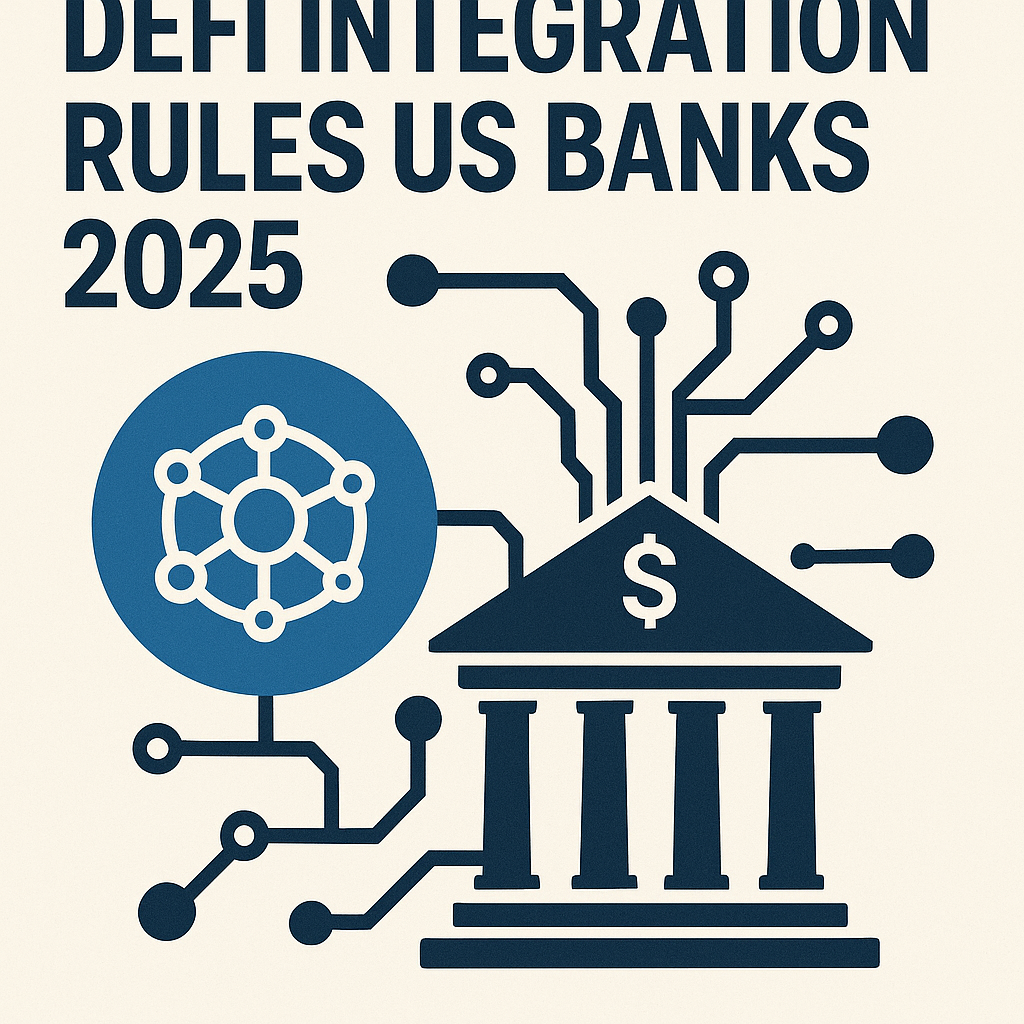
Limits on DeFi Integration: Executive orders may restrict or set clear guidelines for how crypto banks interact with decentralized finance (DeFi) platforms.
-
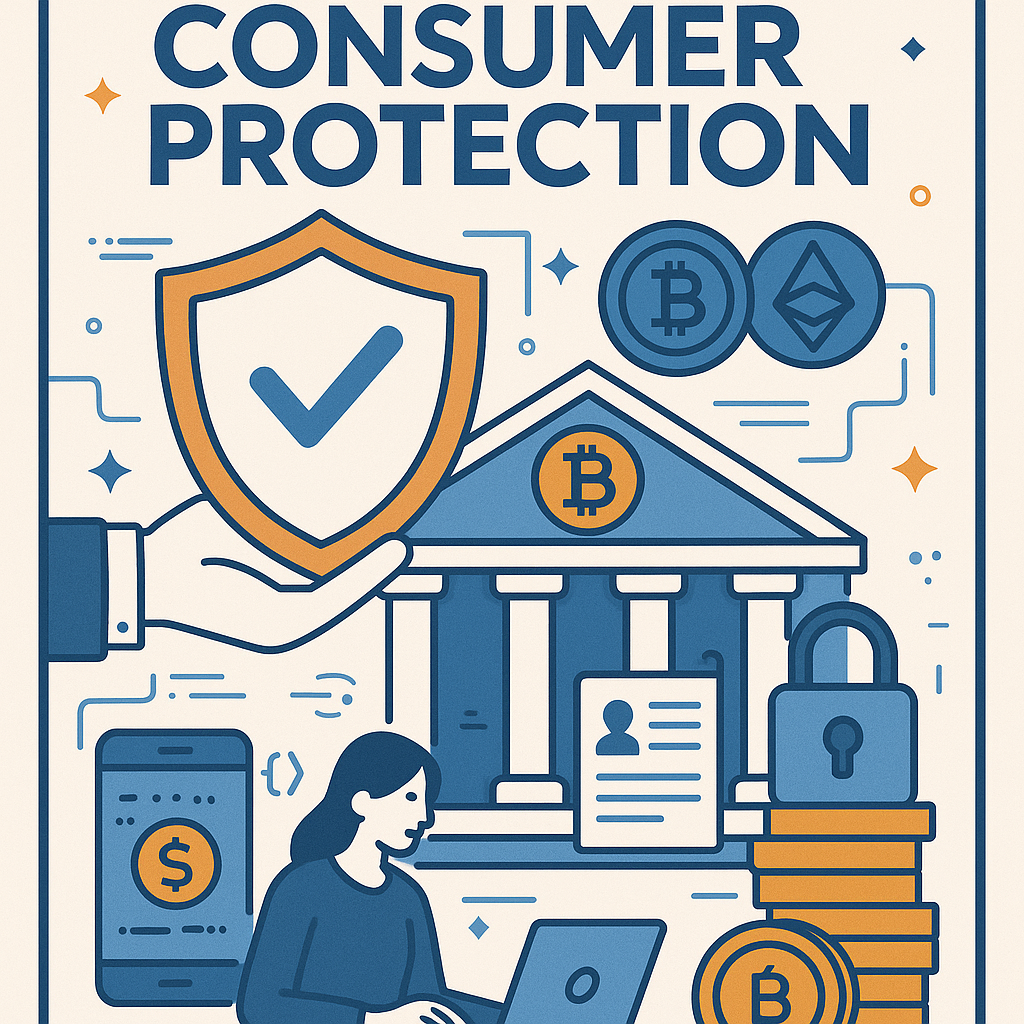
Enhanced Consumer Protections: Expect new safeguards for crypto bank customers, such as clearer disclosures and dispute resolution processes.
One of the most significant moves is the establishment of a Strategic Bitcoin Reserve, managed by the Treasury. This initiative not only legitimizes Bitcoin at a federal level but also sets new standards for custodianship and reporting requirements. Meanwhile, guidance from prior administrations is being revoked or rewritten, as working groups on digital asset markets gain new authority to shape compliance frameworks.
For crypto-friendly banks, these shifts mean stricter KYC/AML protocols, enhanced capital requirements, and potentially mandatory participation in government-led digital asset stockpiles. Some industry voices worry this could stifle innovation—while others see it as overdue clarity that could unlock institutional adoption.
The Market Reacts: Volatility and Opportunity
The market response has been immediate and pronounced. Bitcoin’s price surged following news of the Strategic Reserve, with altcoins following suit amid speculation about which assets might be included in future government initiatives. Still, volatility remains high as traders digest fresh regulatory language and await further details from agencies like the SEC and OCC.

This uncertainty has fueled spirited debate across social media platforms:
Many investors are now revisiting their exposure to regulated vs. decentralized platforms—a trend likely to accelerate if additional executive orders target DeFi or stablecoins specifically.
Banks vs. Fintechs: Who Stands to Gain?
With Washington’s focus shifting toward “responsible growth,” traditional banks may find themselves better positioned than nimble fintechs, at least in the short term. Larger institutions have compliance teams ready to interpret new mandates, while smaller startups face steep costs adapting to evolving rules.
- Banks with existing federal charters can leverage their relationships with regulators to secure early access to pilot programs or custody services tied to the Strategic Bitcoin Reserve.
- Fintech innovators, meanwhile, may need to pivot business models or seek new banking partnerships if they wish to remain compliant under tightened oversight.
This dynamic could spark fresh consolidation across the sector—or inspire creative workarounds such as offshore operations or hybrid DeFi models that skirt direct regulatory control.
How Are Industry Leaders Responding?
The coming months will reveal which players adapt fastest—and whether these sweeping executive actions ultimately strengthen or fragment America’s role in global digital finance.
Navigating Compliance in a Shifting Landscape
If you’re an investor or entrepreneur wondering how best to prepare for these changes, it pays to stay informed:
The evolving executive order landscape means vigilance is key; even seemingly minor tweaks can have major downstream impacts on everything from wallet custody rules to cross-border payments infrastructure.
As always, community discussion remains one of your best resources for real-time insights—so keep an eye on both official releases and grassroots commentary as this story develops.
As the dust settles on the White House’s latest executive orders concerning crypto banking regulations, industry leaders and investors are scrambling to decode what these sweeping changes mean for 2025 and beyond. The regulatory landscape is shifting fast, and the devil—as always—is in the details.
What Could Change for Crypto Banks in 2025?
The Trump administration’s push for a Strategic Bitcoin Reserve and a US Digital Asset Stockpile signals not just a new era of state-backed crypto custodianship, but also a reimagining of how banks interact with digital assets. Under these executive orders, expect more stringent licensing requirements for banks offering crypto custody, enhanced anti-money laundering (AML) protocols, and tighter Know Your Customer (KYC) checks. This could drive consolidation among smaller crypto banks unable to keep up with compliance costs—while simultaneously opening doors for larger institutions to enter the space with regulatory blessings.
But it isn’t just about compliance. The executive order also suggests a potential realignment of federal oversight: the Office of the Comptroller of the Currency (OCC), Securities and Exchange Commission (SEC), and newly proposed Digital Asset Working Group will likely jockey for influence over rulemaking. This could create short-term uncertainty but may ultimately deliver much-needed clarity around what is—and isn’t—permissible for banks serving crypto clients.

Industry Reactions: Optimism Meets Skepticism
The response from the blockchain community has been predictably mixed. On one hand, some see this as overdue recognition of digital assets’ importance in global finance; on the other, critics warn that heavy-handed regulation could stifle innovation or drive U.S.-based projects offshore.
“If executed well, these rules could finally give us regulatory clarity,” says Maya Lin, head of compliance at a major U.S. crypto bank. “But if they’re too restrictive or vague, we risk losing our competitive edge to Europe or Asia.”
The executive order’s explicit support for responsible growth in blockchain technology is encouraging—but questions remain about how ‘responsible’ will be defined by regulators in practice. Will traditional banks embrace their new role as digital asset custodians? Or will they balk at the operational risks and technical challenges?
[tweet: A tweet discussing Trump’s 2025 executive order on crypto banking regulations]
Key Crypto Banking Changes Expected in 2025
-

Stricter KYC Requirements: Banks may require enhanced identity verification for all crypto transactions, improving transparency and security.
-

Clearer Stablecoin Guidelines: New rules could clarify how banks handle stablecoins, ensuring safer and more predictable operations.
-
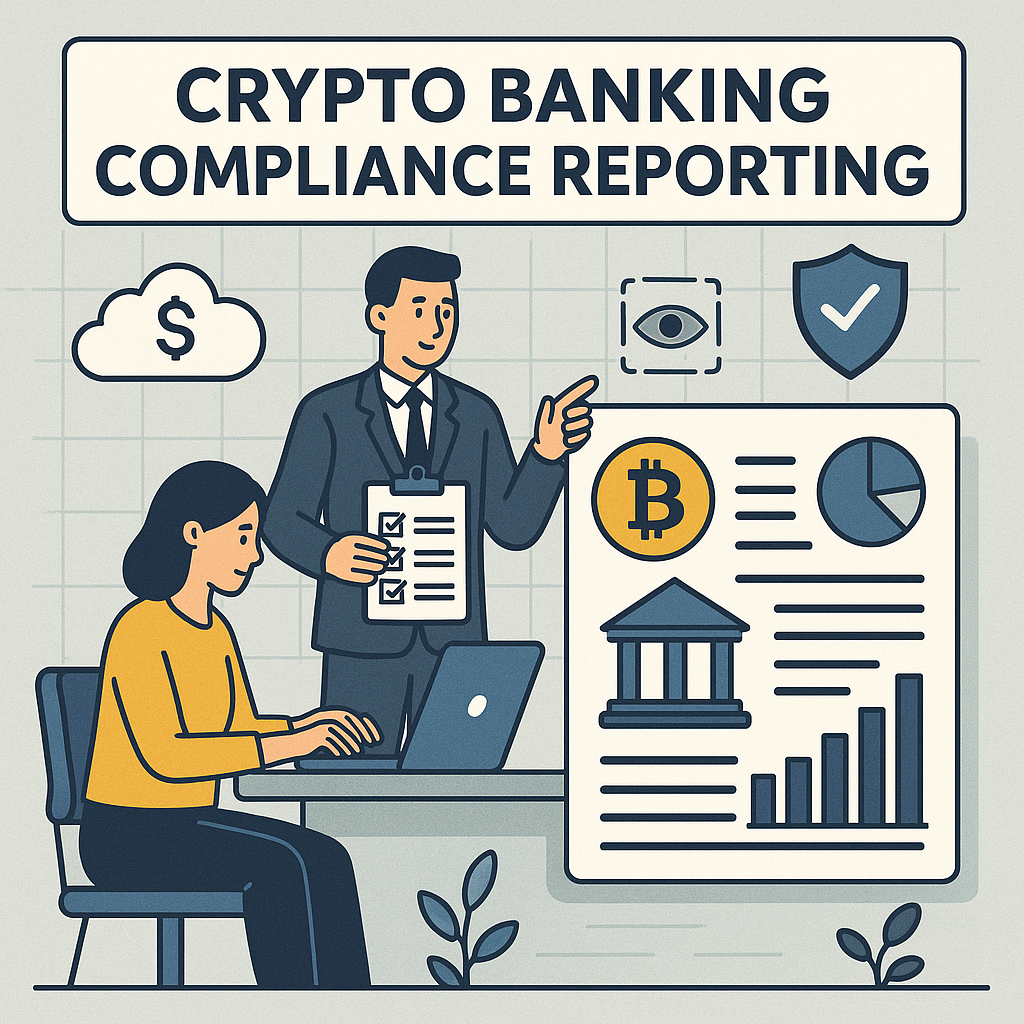
Expanded Reporting Obligations: Financial institutions might face broader reporting duties on crypto holdings and transactions, boosting regulatory oversight.
-
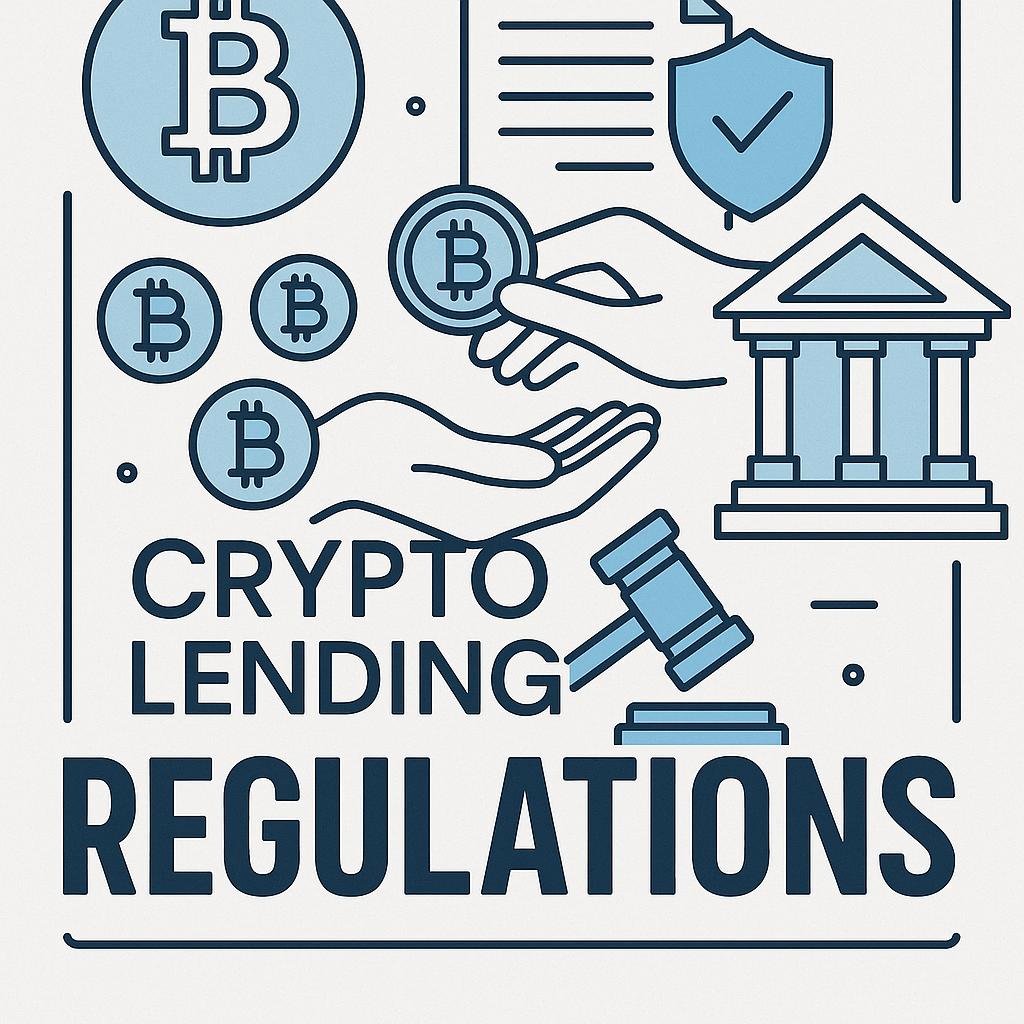
Limits on Crypto Lending: Regulations could impose new restrictions on how banks lend or leverage cryptocurrencies, aiming to reduce risk.
-

Enhanced Consumer Protections: Expect stronger measures to safeguard customers from fraud and loss in crypto banking services.
What Crypto Investors Should Watch For
If you’re holding digital assets or using crypto-friendly banks, here are several practical implications to monitor:
- Account Access: Some platforms may temporarily freeze services while updating compliance systems.
- KYC/AML Changes: Prepare for more robust identity verification—even if you’ve been grandfathered into older platforms.
- Potential Delisting: High-risk coins or privacy-focused tokens may face delisting from regulated U.S. exchanges.
- Tax Reporting: Expect streamlined IRS reporting requirements as part of broader transparency efforts.
This evolving environment underscores why staying informed through trusted sources like Crypto Daily News, official government releases, and real-time social media conversations is more important than ever.
The Global Ripple Effect
The impact won’t stop at America’s borders. As Washington sets new standards with its executive order crypto 2025 initiatives, other countries are watching closely—and may follow suit with their own versions of “crypto banking White House” policies. This could result in a patchwork of international frameworks or—if diplomatic efforts succeed—a more unified approach to cross-border regulation and enforcement.
“America’s stance on digital assets often sets benchmarks worldwide,” notes Dr. Felix Wu, professor of financial law at NYU.
If you’re an entrepreneur or investor considering international expansion—or worried about regulatory arbitrage—now is the time to consult with legal experts familiar with both domestic and global crypto policy Trump 2025 trends.
How do you feel about stricter U.S. crypto banking regulations?
Recent executive orders may lead to tighter rules for crypto banking. Share your thoughts on this potential change.
The next year promises heightened volatility but also opportunity for those who can adapt quickly to changing rulesets. Whether these executive orders usher in an era of stability or spark further disruption remains to be seen—but one thing is clear: U.S. policy decisions will continue shaping not just American markets but the very future of global finance.




